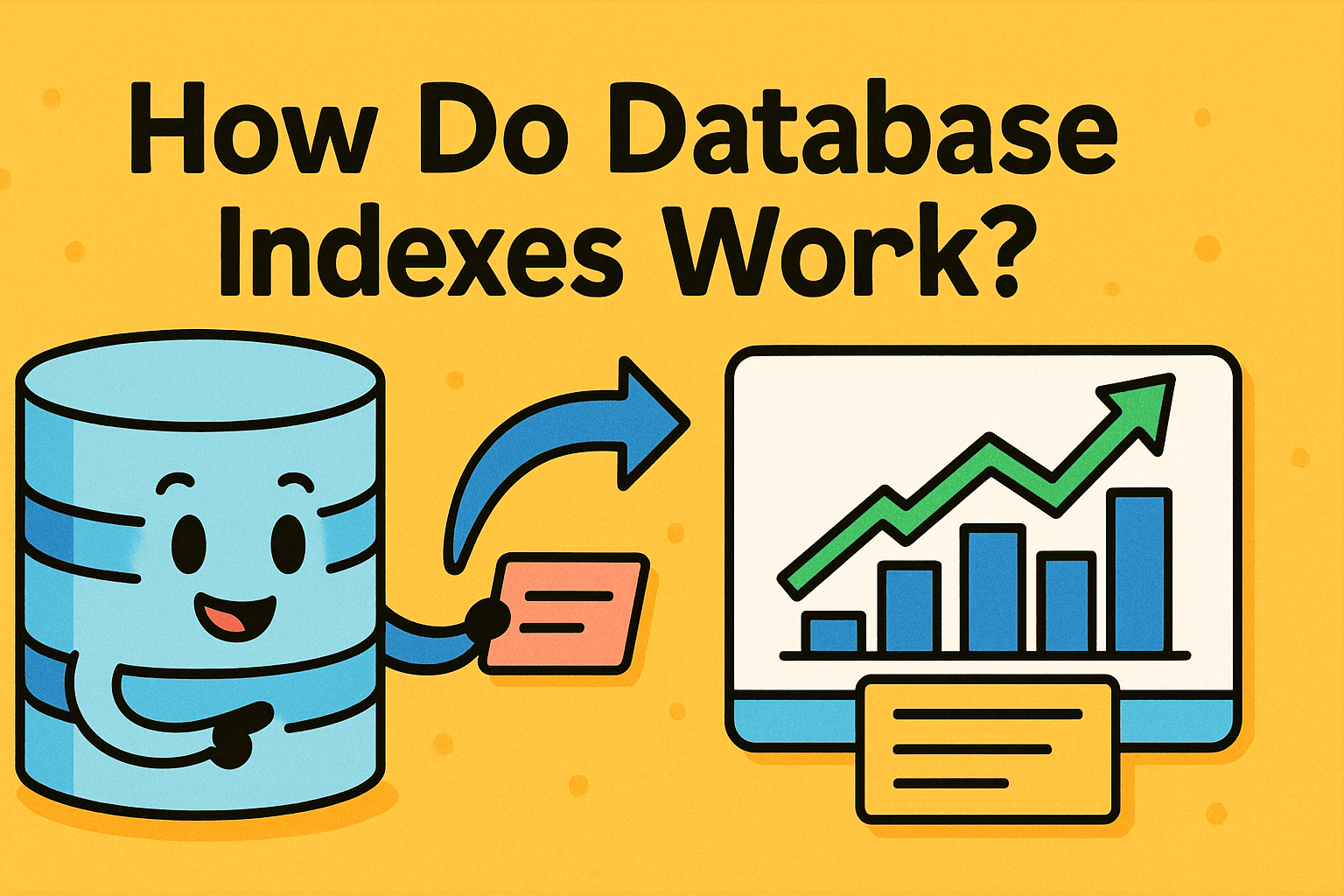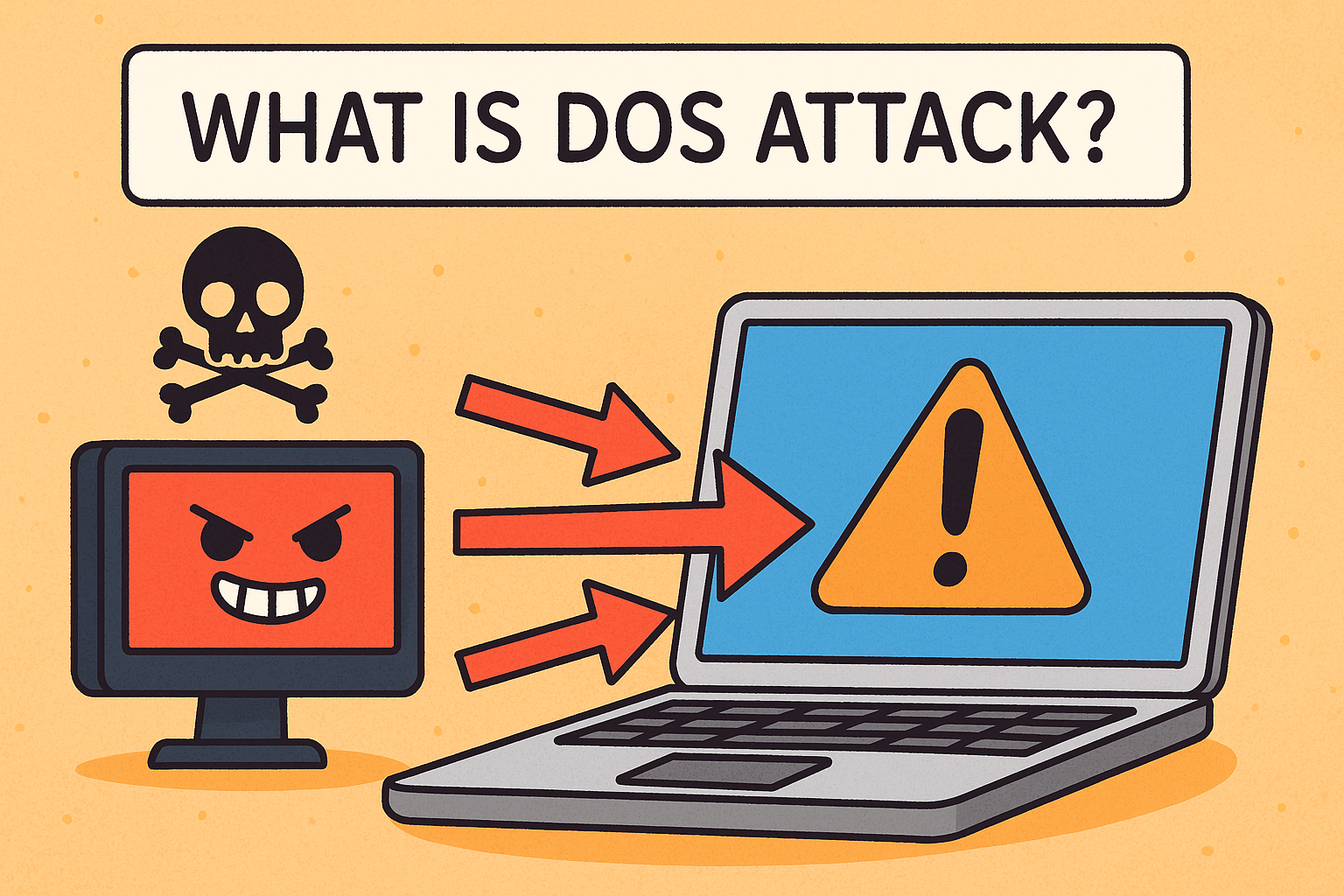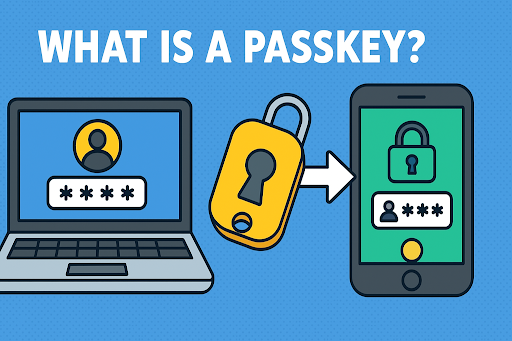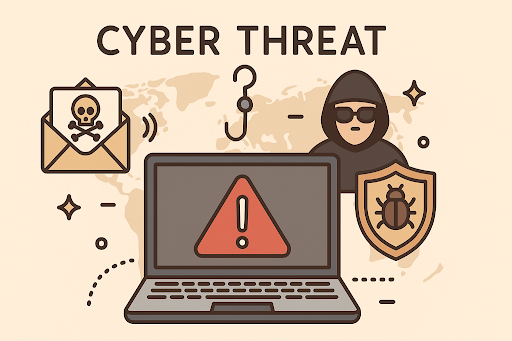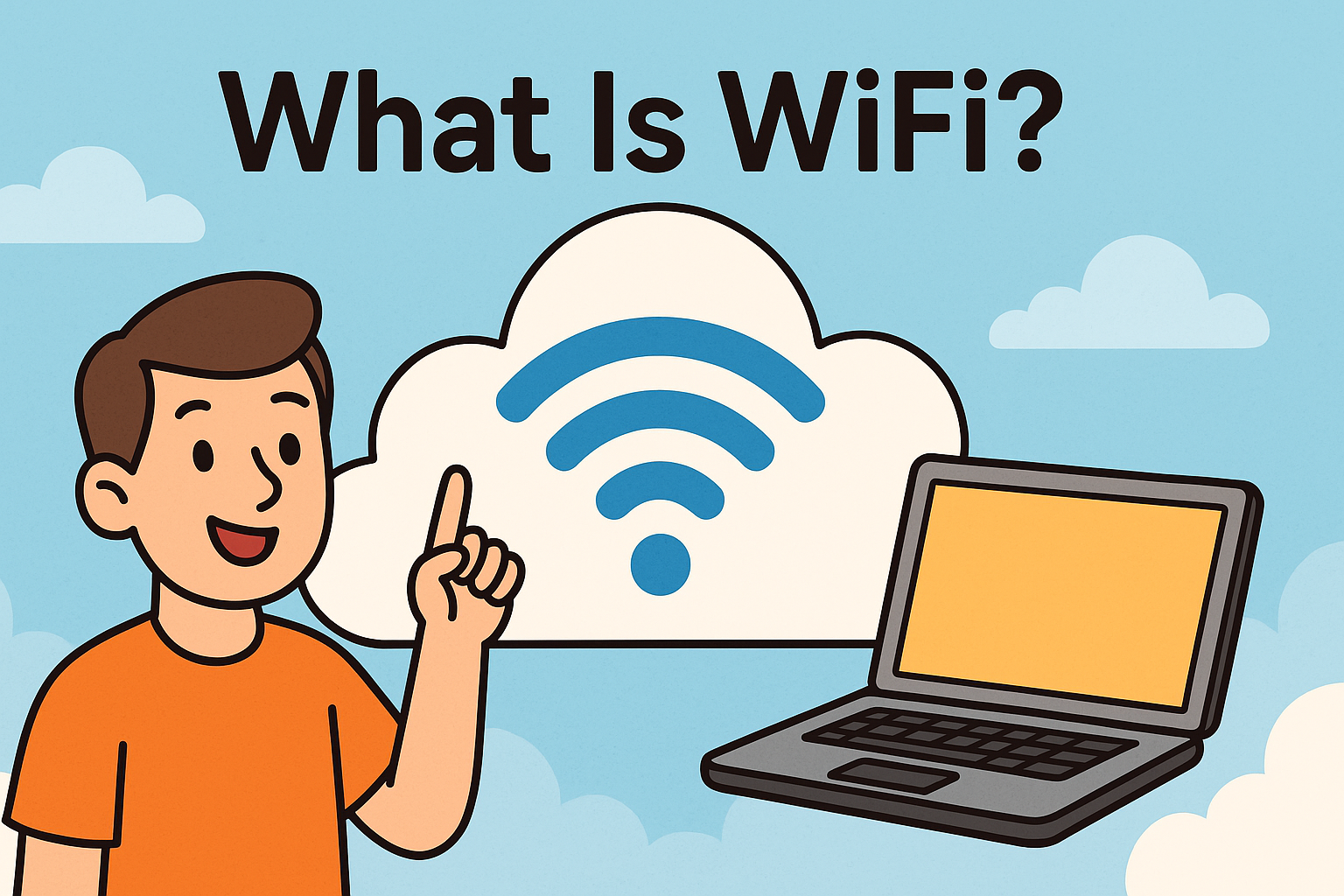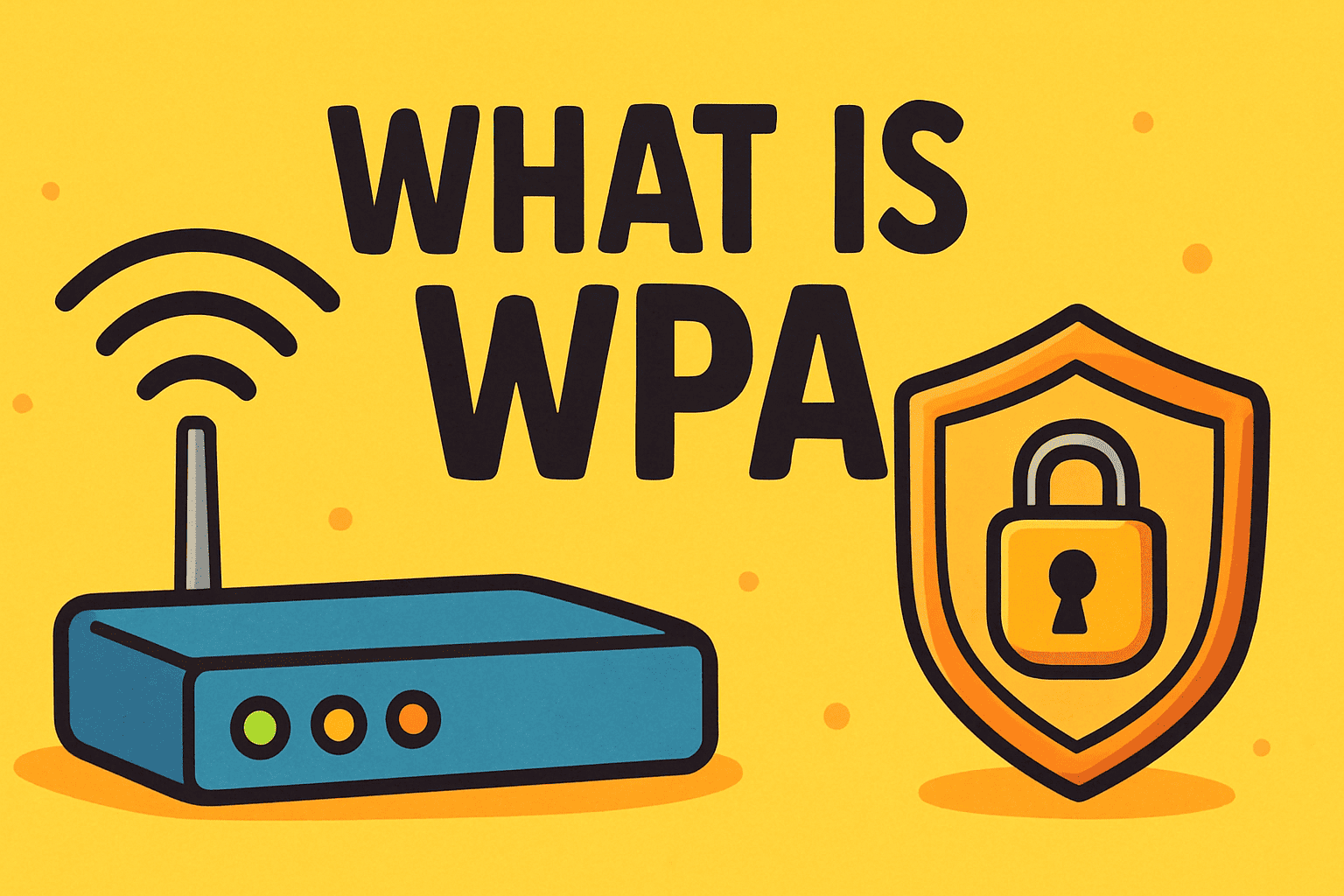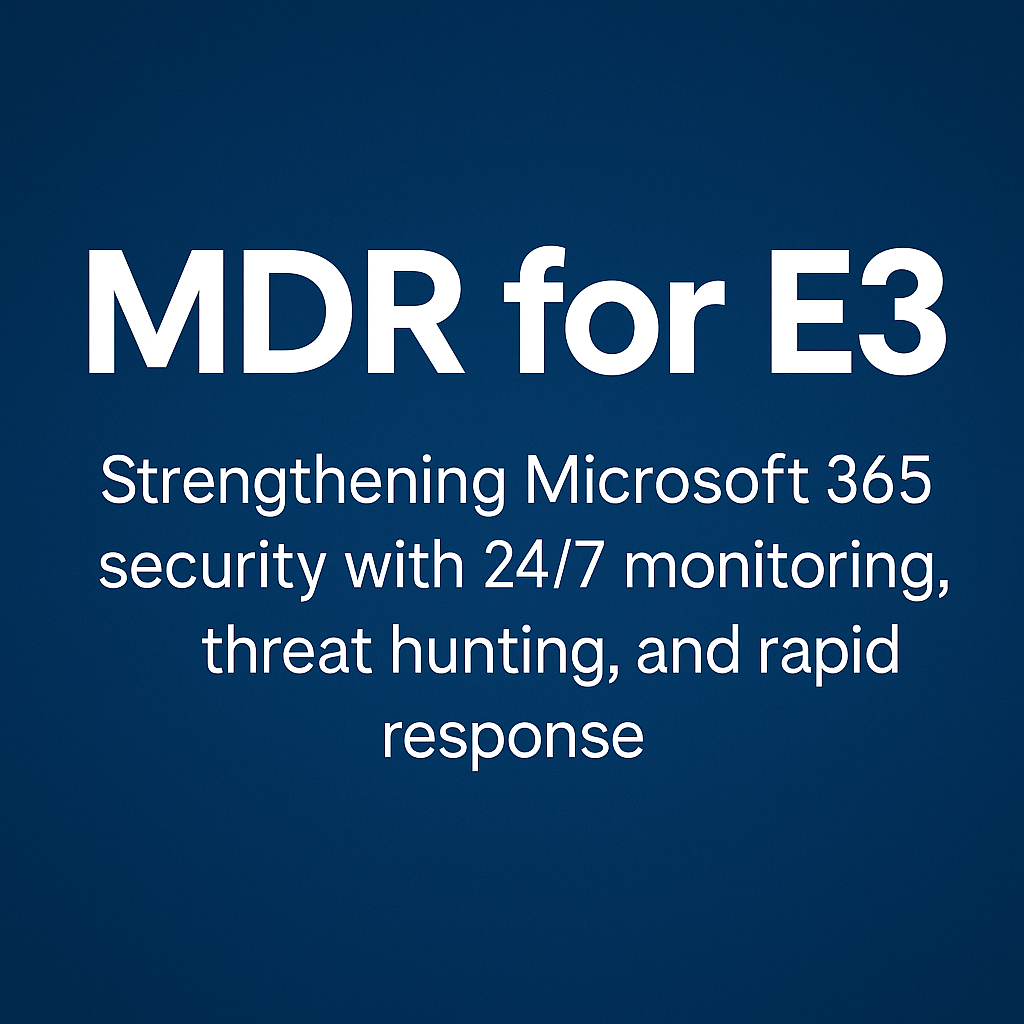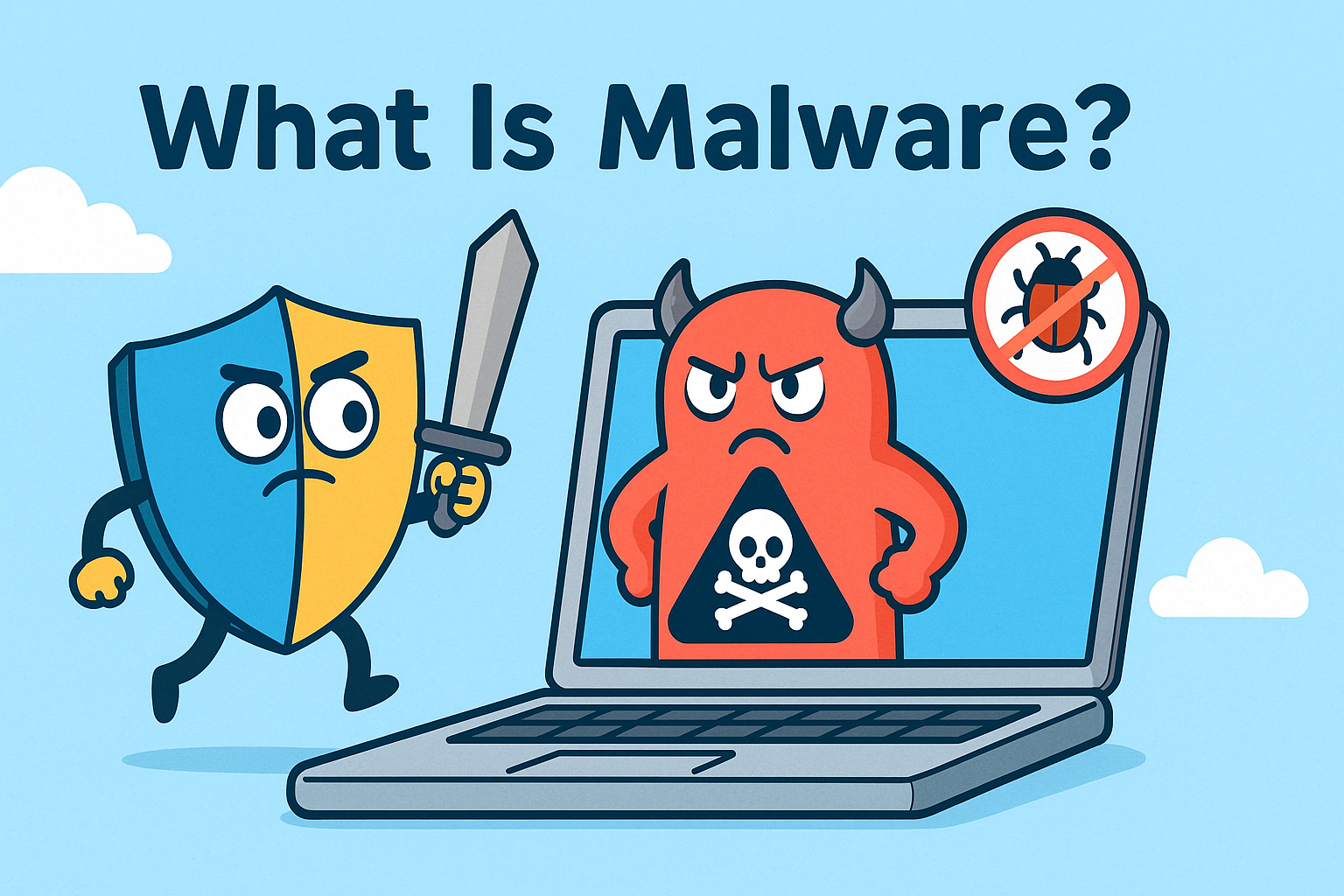How to Access Router Settings: A Complete Guide for 2025
Updated on July 4, 2025, by Xcitium
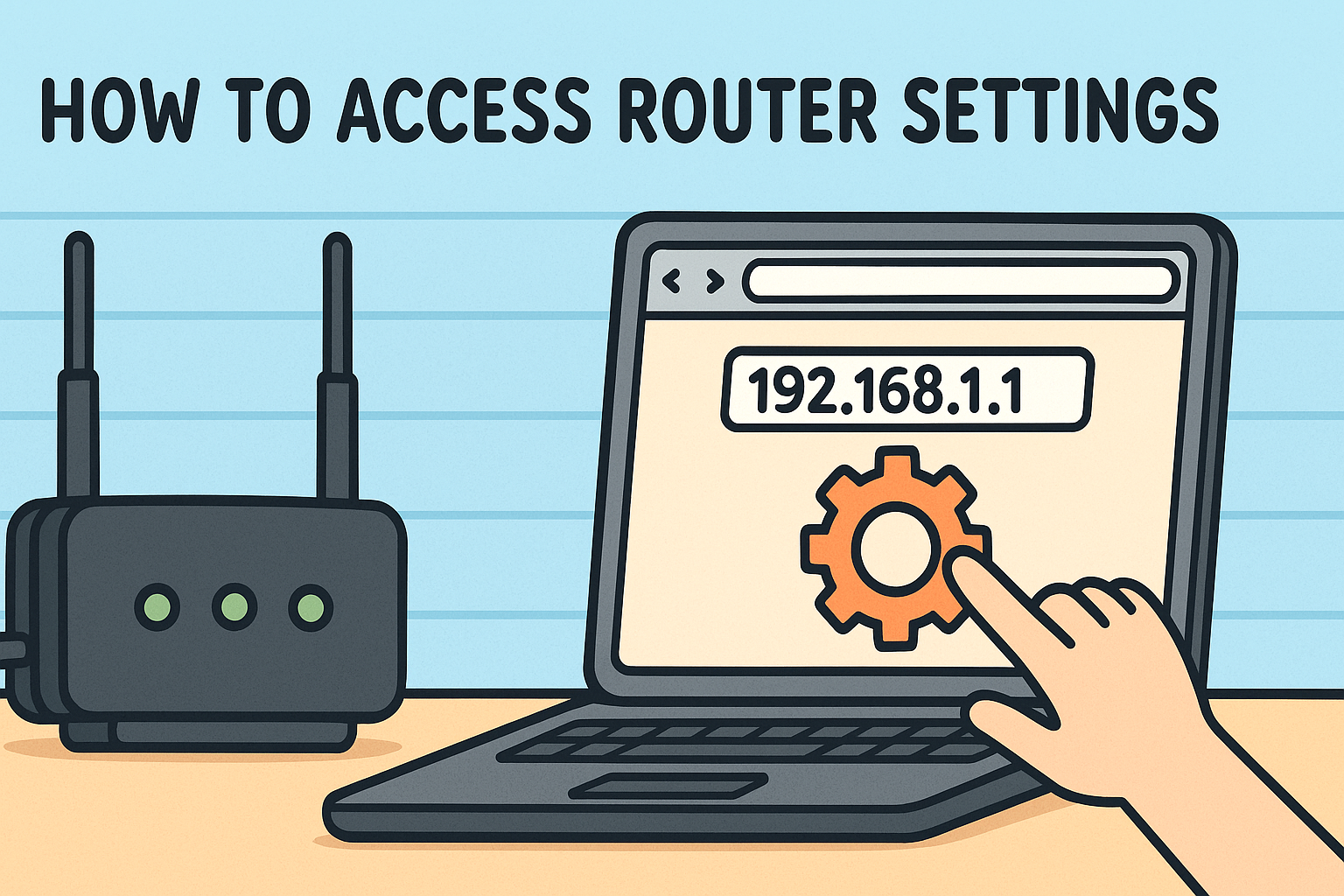
When was the last time you logged into your router? If you don’t remember, you’re not alone. Most users set up their Wi-Fi and forget it exists—until something goes wrong. Knowing how to access router settings is essential for managing security, optimizing performance, or troubleshooting connection issues.
In this guide, we’ll explain how to access your WiFi router settings using different devices, with or without a password, and from anywhere. Whether you’re an IT manager at an enterprise or a home user, this walkthrough will make you the master of your network.
Why Access Router Settings Matters
Accessing your router’s configuration page allows you to:
- 🛡️ Enhance cybersecurity by changing passwords and enabling firewalls
- 📶 Improve network performance through channel and bandwidth tuning
- 📱 Manage connected devices and guest networks
- 👨💻 Perform firmware updates and diagnose issues remotely
Today’s cyberattacks increasingly target home and business routers, making it vital to stay in control.
Prerequisites: What You Need Before Accessing Your Router
Before jumping in, gather the following:
- Your router’s IP address (typically 192.168.1.1 or 192.168.0.1)
- A device connected to your router’s network (wired or wireless)
- The admin username and password (often labeled on the back of your router)
✅ Tip: If you’ve lost the login details, don’t worry—we’ll show you how to access router settings without a password.
How to Find Your Router’s IP Address
Your router’s IP address is the gateway to its settings. Here’s how to locate it based on your device:
On Windows:
- Press Windows + R, type cmd, and hit Enter.
In the Command Prompt, type:
nginx
CopyEdit
ipconfig
Look for the “Default Gateway” under your active connection.
On macOS:
- Open System Preferences > Network.
- Select your Wi-Fi or Ethernet and click Advanced.
- Go to the TCP/IP tab to view your router’s IP.
On iPhone:
- Go to Settings > Wi-Fi.
- Tap the “i” icon next to your network.
- You’ll see the Router IP address listed.
On Android:
- Open Settings > Network & Internet > Wi-Fi.
- Tap the connected network > Advanced.
- Find “Gateway” — that’s your router’s IP.
Now that you have it, let’s dive in.
How to Access Router Settings from Any Device
1. Using a Web Browser (Universal Method)
- Open any browser (Chrome, Safari, Firefox).
- Type the router’s IP (e.g., 192.168.1.1) into the address bar.
- Enter the admin username and password.
If the page doesn’t load, check your connection or confirm the IP again.
How to Access Router Settings from Phone
On iPhone or Android:
- Follow the same browser method above, using Safari or Chrome.
- Ensure your phone is connected to the same Wi-Fi network.
Bonus Tip:
Some router brands (like TP-Link, Netgear, or Asus) have mobile apps to manage settings directly.
Access Router Settings Without a Password
Lost the password? Here are your options:
Option 1: Use Default Credentials
Check the router’s label or search online using:
pgsql
CopyEdit
[router brand] default admin username and password
Common defaults:
- Username: admin
- Password: admin or password
Option 2: Reset the Router
- Find the Reset button (usually a small pinhole).
- Press and hold for 10–30 seconds using a pin or paperclip.
- This resets the router to factory settings.
Now use the default login credentials to re-access settings.
How to Access TP-Link, Netgear, Asus, and Other Brands
TP-Link Router:
- IP: 192.168.0.1 or tplinkwifi.net
- App: TP-Link Tether (iOS & Android)
Netgear:
- IP: 192.168.1.1
- App: Nighthawk
Asus:
- IP: 192.168.1.1 or router.asus.com
- App: ASUS Router
Linksys:
- IP: 192.168.1.1
- App: Linksys Smart Wi-Fi
Use brand-specific apps for easier mobile access.
Router Configuration Page: What You Can Do Inside
Once logged in, explore key settings:
- Change Wi-Fi name and password
- Enable guest networks
- Update firmware
- Adjust DHCP settings
- Set parental controls
- Monitor connected devices
- Open ports for gaming or VPNs
How to Secure Your Router
To protect against cyber threats:
- 🔒 Change the default admin password
- ⚠️ Turn off WPS
- ✅ Enable WPA3 or WPA2 encryption
- 🔄 Regularly update firmware
- 👀 Monitor for unauthorized devices
This is critical for IT managers, cybersecurity teams, and even smart home users.
Troubleshooting: Can’t Access Router Settings?
Try these steps:
- Reboot the router.
- Use a different browser or incognito mode.
- Clear your browser cache.
- Use Ethernet instead of Wi-Fi for direct access.
- Disable any VPN or proxy that might interfere.
Conclusion: Take Control of Your Digital Perimeter
Whether you’re securing a business network or home Wi-Fi, knowing how to access router settings is a must. It puts you in control of connectivity, security, and performance. Don’t wait for a breach or bandwidth issue—log in today.
Call to Action
🔐 Want to secure your network at an enterprise level?
🚀 Request a free demo from Xcitium now!
Let’s proactively protect your endpoints and infrastructure.
FAQs About Router Access
1. Can I access my router remotely?
Yes, if remote management is enabled in your router settings. However, disable it unless needed—it’s a potential security risk.
2. How can I access my router if I forgot the admin password?
Reset the router to factory settings and use the default credentials printed on the device.
3. Is it safe to change router settings?
Yes, if you understand what you’re changing. Always document your changes and avoid altering settings you’re unsure about.
4. Can I access router settings on mobile without an app?
Absolutely. Just use a mobile browser and the router’s IP address.
5. What is the best way to secure router settings?
Change admin passwords, enable encryption, disable unused services, and keep the firmware updated.




